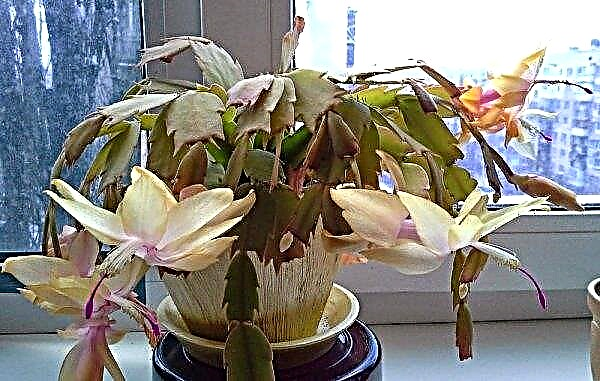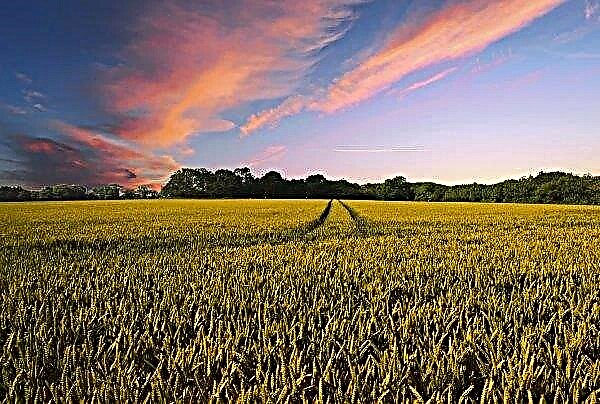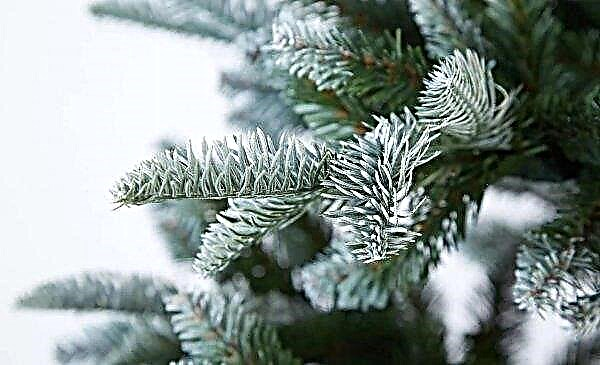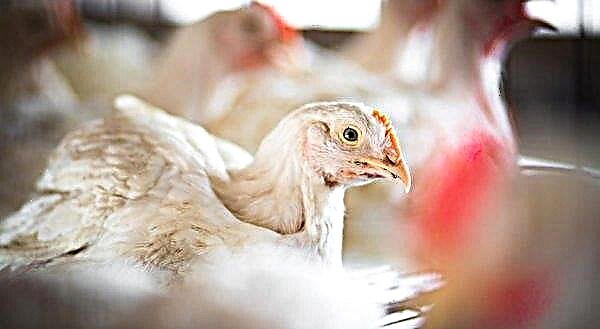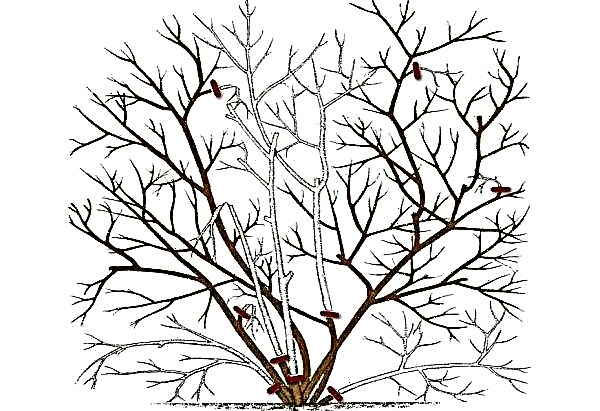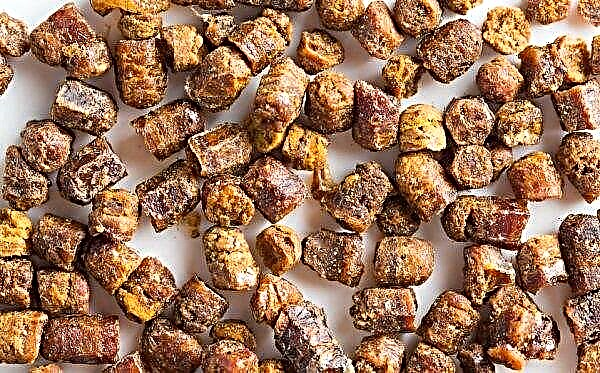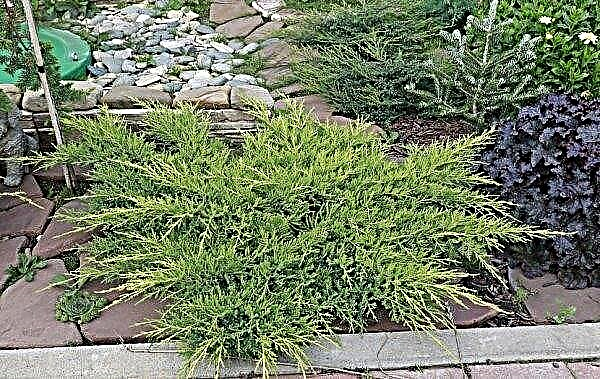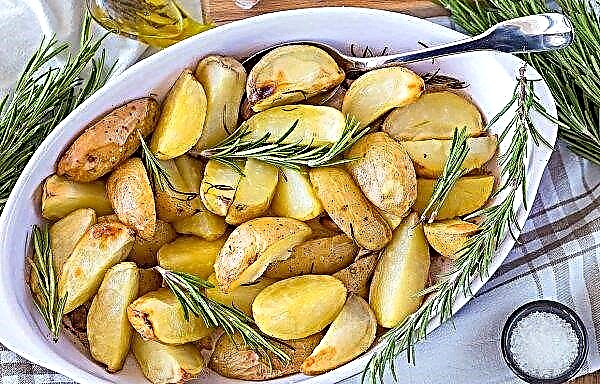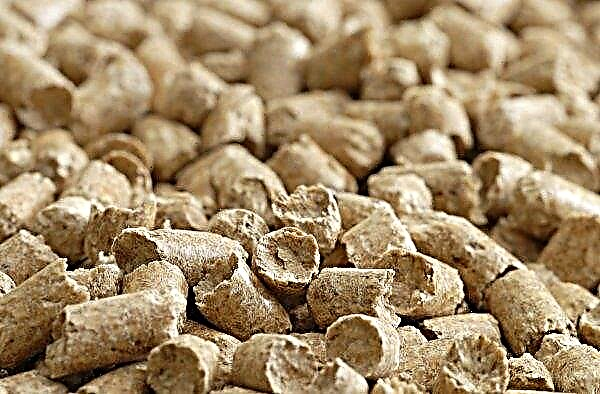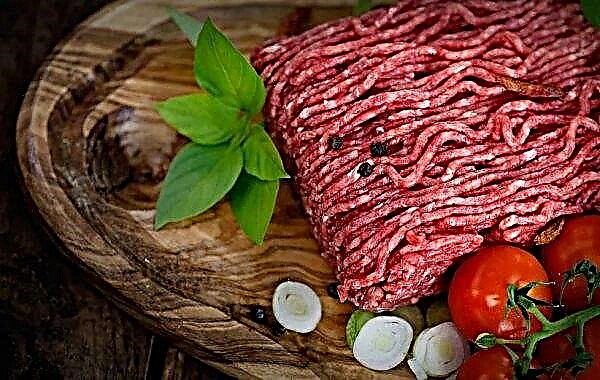One of the favorites of winter varieties of hybrids is the onion of Senshui, which was obtained as a result of painstaking selection work in Japan, but has gained well-deserved popularity among farmers and gardeners in many countries. The article will discuss the features of this variety, agricultural cultivation and subsequent collection and storage.
Did you know? It is believed that people first paid attention to flowering onions as an ornamental plant, and only after some time they rated it as a vegetable.
Grade characteristics
Onion Senshui, or yellow Senshui (Yellow), is a variety bred by Japanese breeders. It is a winter hybrid. Despite the fact that the variety is new, it has already gained popularity among gardeners from Ukraine, Belarus, Russia, and in the Baltic countries. The aerial green part of the plant grows to 0.5 m, the feather leaves are wide, saturated green, juicy. Turnip is round, slightly flattened, the mass of which is 160–180 g, under favorable conditions - up to 250 g. The husk color is bright yellow, with gold, which gave an additional name to the variety.
Productivity
The variety is characterized by high productivity as for the winter variety - subject to the rules of agricultural technology from one hundred parts receive up to 400 kg of vegetable.
Resistance to diseases and pests
Senshui has good resistance to typical onion diseases, especially to powdery mildew. As for harmful insects, preventive measures and methods for extermination must be carried out in a timely manner, constantly checking the condition of the plantings.
Advantages and disadvantages
- The indisputable advantages of the Senshui variety over other winter varieties and hybrids include:
- Early ripening. The feather reaches technical maturity in early spring, and the bulb in the middle of the summer season.
- Do not shoot.
- Tolerant to low temperatures. It withstands frosts down to -15 ° С and more, subject to a short time period.
- Taste qualities. The presence of a soft, not burning taste and pronounced aroma make this variety of onions universal in cooking. A dense crisp and juicy turnip structure allows you to use it in a variety of preservation.
- It features good transportability and shelf life of up to six months.
- Undemanding in care. Especially - to watering.
- Disadvantages:
- It is not recommended to use Senshui as a winter onion in northern, stably cold regions.
- Lower yield compared to summer hybrids and varieties. Although this disadvantage can be offset by a careful approach to the selection of seeds.
- The probability of a short storage period, since Senshui belongs to early ripe varieties, which is a characteristic feature of such vegetables.
Planting and care
Let's move on to the main stages of cultivation of winter onion Senshui.
Landing time
Since Yellow Senshui is a winter variety, planting dates are in the fall months (September-November). Of course, the specific time intervals for planting sevka depend on the climatic characteristics of a particular region.
Important! It is strictly forbidden to plant sowing in frozen soil. But the premature time of planting a vegetable in the garden can also harm the future plant.
The meaning of planting in the winter is the complete formation of the root system until the soil is very cold, but green sprouts cannot be allowed to occur. At the time of sowing, the temperature of the soil layer at a depth of 10–15 cm should consistently have + 5 ° С. In this case, in early spring, the rapid growth of the entire vegetable plant will begin.
Bed preparation
How to prepare the beds for planting:
- Approximately 2 weeks before the expected sowing date, the soil in the bed is thoroughly dug up, while simultaneously adding organic (rotted mullein or bird droppings) and complex mineral fertilizers, after which it is necessary to allow the soil to settle a little.
- Immediately before planting on the beds, ash is deposited and an earthen elevation is formed (about 20 cm).
- Furrows are made with a depth of 5 cm at a distance of 20 cm from each other.

Landing
The agricultural technology of planting winter onion varieties, to which Senshui Yellow belongs, involves planting sowing, since seed and seedling sowing methods are suitable in the spring-summer sowing season. In addition, the Senshui variety is a hybrid form, therefore, propagated by planting sevka. Self-collection of seeds is impractical, because hybrid varieties with this method of propagation do not retain their characteristics.
Did you know? The bulb mass record was set in Britain, the county of Leicestershire - the weight of the fetus was 8.49 kg.
It is necessary to approach the choice of seed material responsibly, carefully making sure that there are no traces of rot and mold on the surface of the onions, and there are no empty and sluggish specimens. The smallest onions are demanding with respect to storage, but, paradoxically, they give the strongest large turnips. Large sowing will give juicy early greens.
During planting, the seeds are placed in the soil, deepened by 2 cm, maintaining a distance between the bulbs of about 15 cm. A layer of humus is poured over the beds, as well as sawdust or needles, which will serve as a heater and protection against freezing. In early spring, it should be removed so that there are no obstacles to the germination of plants.
Growing onions
The main manipulations for caring for onion winter crops occur at the beginning of the spring season. After opening the beds from the insulating layer, urea is added at the rate of 10 g per 1 m², after which the soil is loosened and sprinkled with wood ash on top. At the stage of formation of four feathers, top dressing is carried out in liquid form with phosphorus and potassium fertilizer (guided by the instructions).
Important! The first watering is carried out in May. Further hydration of the beds - as necessary, followed by surface loosening.
Since Senshui is yellow resistant to diseases and pests, it is recommended as a preventive measure to dust the beds with tobacco dust, red hot pepper. Neighborhood with carrot plantings will not allow the onion fly invasion. If nematodes, flies or tobacco thrips are seen on onion plantings, treatment with Aktara and Medvedoks should be performed.
Harvesting and storage
Harvesting begins after drying and the appearance of yellowness in most onion feathers, depending on climatic conditions, in June-July. Turnip bulbs are dug up and laid out in one layer on a sunny, well-blown place, or under a canopy, until the husks and tails are completely dry. In the rainy period, drying should be carried out in closed, well-ventilated rooms. The crops are stored in boxes or nets (only healthy full-fledged fruits), constantly monitoring their condition throughout the entire storage period.
In the rainy period, drying should be carried out in closed, well-ventilated rooms. The crops are stored in boxes or nets (only healthy full-fledged fruits), constantly monitoring their condition throughout the entire storage period.
Based on the information presented in the article, we can safely say that the hybrid Senshui onion variety is quite simple to grow, does not require numerous additional costs to combat diseases and pests, and most importantly: if you follow the simple rules of agricultural technology, you can count on a decent harvest of early onions.

